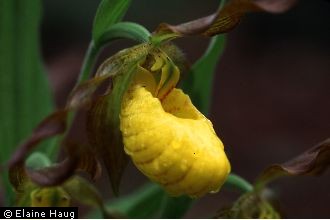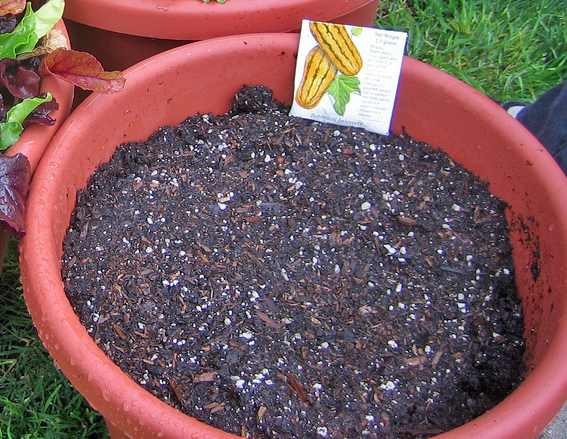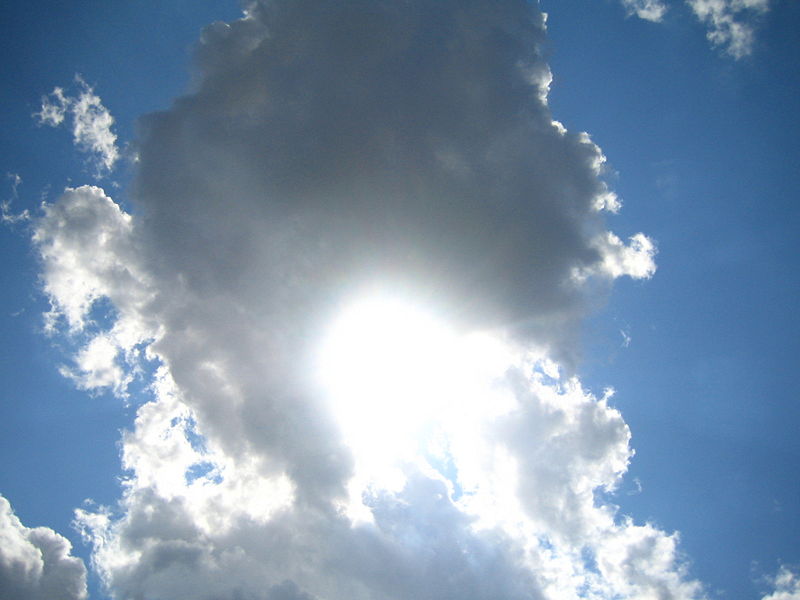Facts
Like anything beautiful, the Yellow Ladyslipper is truely sensitive…
… due to being placed on the national sensitivity
registry. This means that the flower is not quite endangered or threatened,
but if things don’t change it will be. Some of the factors that are
contributing to the sensitivity of this orchid include:
Timber Harvest
Road Construction
Grazing
Weed Control
Fires
Mining
Recreation (trampling of the flower)
Non-Native Species Invasion
PLANT COLLECTING
The biggest danger of this entire list is, you guessed it, plant collecting. For orchid enthusiasts, C. parvifloroum is treasured and searched for. Sadly, this has lead to reduced populations in the wild, and due to improper gardening, reduced species numbers overall. If you would like to obtain this flower for your garden, please purchase a plant from a nursery or greenhouse. Do not search out in the wild for this flower and remove it from its habitat.
The government and state officials are watching the decline of this unique flower and taking appropriate steps. To combat the loss of this species they are…
…Keeping the flower listed as sensitive.
…Carefully monitoring the known organisms out there.
…Creating seed banks to ensure the flower will never just disappear.
…Growing species in the green house and then reintroducing it into the wild.
…Setting up protected areas.
…Saving the plants that are being damaged.
…and educating the public about this beautiful flower.
Again, I urge you to please be wary of collecting this plant, because it does well being cultivated and when you purchase a mature plant, it should take easily to the soil and live a long happy life there for you. Please do not pull these plants from their native habitats.
Gardening Tips
C. parviflorum is very sensitive to its soil, considering it lives there. It will thrive if the soil is moist to slightly dry and the plant is placed in partial sun. The worst thing you can do when growing this plant is over fertilize. Orchids have adapted to live on less soil nutrients, and so by overloading their roots with nutrients you can cause water to be pulled out of the orchid and it will die. Fertilize lightly! If the leaves begin to look burned at the sides and tip, take a few gallons of plain water through the soil.
Too much light can damage the orchid. Similar to you running marathons for hours on end, constant light will overwork the orchid. Try to stay under 14 to 16 hours of light a day. A balance of light and dark (not constant dark) will cause your orchid to flourish. If your orchid seems to be very dark, then increase the amount of light per day slowly over a month and see if the orchid does better.
The proper amount of water is essential for plants to thrive. Overwatering will cause the roots to rot. If this is happening, repot your plant in new soil and be careful not to overwater. On the other extreme, under watering will be just as detrimental. If the roots look firm and white, up your watering schedule slightly. Don’t go overboard or you’ll overwater and rot the roots.
If you have beautiful flowers that seem to really droop, air quality could be to blame. If the wrong gases build up (which you can’t detect) then the orchid will begin to look droopy. Try improving air circulation and see if the orchid perks up.
Pleated leaves occur when the atmosphere is not damp enough or when the orchid is lacking light. Try placing a humidifier in the room and a direct light on the plant (see tip 2 for how much light to have).


